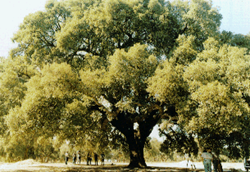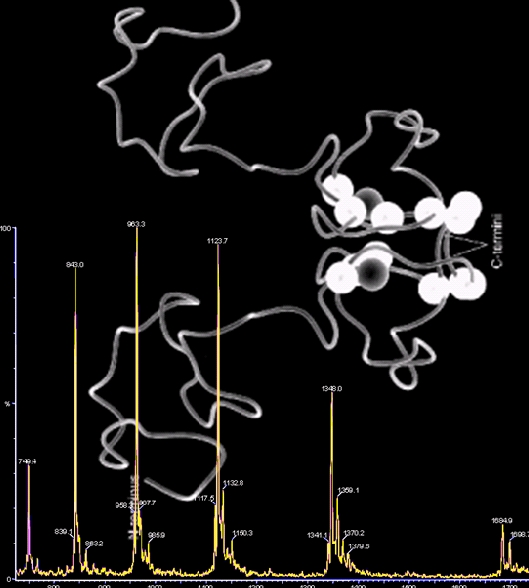Metallothionein Research News. Jordi Domenech.
.

1.-Drosophila MT system is composed by 2 Cu-thioneins.
Functional studies on MTNB, toghether with prior studies made by Valls et al, 2000 on MTNA, demonstrates that these two MT isoforms are Cu-preferent. The preference for Cu was considered in MTs as an atavic character. Our results report de first case of a metazoan organism containing two Cu-thioneins. The abstract of the article is available at the Publications section.

From 1st October to the end of December 2005, at the laboratories of CNR and the Biochemistry Institute Giovanni Moruzzi of the Bologna University, in a research stay. The aim of the project is to perform a structural characterization of Metallothioneins by Raman Spectroscopy on MTs of diverse phyla.

3.-Protozoan MTs show particular features!!
The advances in the characterization of the Tetrahymena pyriformis TpMT1 Metallothionein have been object of a recent communication at the Metallic Network Symposia. Untill this moment, most studies have been centred in metazoan MTs. Tetrahymena is a ciliate protozoan with particular Cys triplets in their primary structure, which colud conferres special metal-binding behaviour.The abstract of the communication is available to download at the Publications section.

4.-Plant MTs would fold in a one-domain cluster!!
In the frame of the collaboration with the Cork Research Group of Prof Molinas of the University of Girona, we have recently proposed a folding model for plant MTs. An abstract of the article is available to download at the Publications section

5.-MT dimers can be detected by ESI-MS in in-vivo synthesised aggregates.
In our work in the characterization of the in vivo-synthesised plant MT domains, we detected by ESI-MS special peaks which did not fit the expected m/z values for the peptide with metals bound. Further analysis of the spectra revealed that those peaks corresponded to dimeric-metallated forms of the MT-like peptides. Such dimeric forms had been previously detected in MTs, but never from in vivo-synthesised forms. An abstract of the communication is available at the Publications section.

6.-SULFIDES IN MTs !!!!!!
As a result of the last studies on Metallothionein aggregates performed in our group we demonstrate that recombinantly synthesised MTs contain Sulfide ions, and we propose possible new functions for MTs of a broad range of phyla. An abstract of the article is available at the Publications section